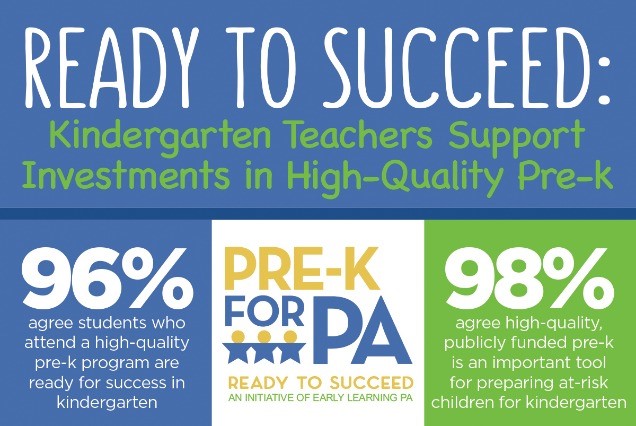 What percentage of homes in West Virginia are owner-occupied? What percent of households in Appalachian Pennsylvania have access to a vehicle? How many households in Appalachian Tennessee have a computer or laptop? What is the labor participation rate in Appalachian South Carolina?
What percentage of homes in West Virginia are owner-occupied? What percent of households in Appalachian Pennsylvania have access to a vehicle? How many households in Appalachian Tennessee have a computer or laptop? What is the labor participation rate in Appalachian South Carolina?
These are only a few of the more than 300,000 data points offered in the The Appalachian Region: A Data Overview from the 2013–2017 American Community Survey, also known as The Chartbook, which was released this week. Drawing from the American Community Survey and comparable Census Population Estimates, The Chartbook offers statistics on demographics, income, employment, as well as education, computer access, housing, and transportation and other indicators—all presented at the regional, subregional, state, and county level with comparisons to the rest of the nation. The Chartbook also examines data change over recent years to show trends. For instance, Appalachia’s median household income is now 83% of the U.S. rate, up from 80% between 2012-2016, and all diploma and degree rates – including high school, associate’s degree, and bachelor’s degrees – are rising across the Region.
“These patterns suggest that the pace of economic recovery since the Great Recession has varied across the Region, but the counties that saw increases in median household income are also those with higher levels of education and labor force participation, and lower levels of unemployment,” said report coauthor Linda A. Jacobsen, Population Reference Bureau’s vice president for U.S. Programs who helped spearhead the project on behalf of ARC.

 New Pre-K for PA Report Released This Week
New Pre-K for PA Report Released This Week 
 What percentage of homes in West Virginia are owner-occupied? What percent of households in Appalachian Pennsylvania have access to a vehicle? How many households in Appalachian Tennessee have a computer or laptop? What is the labor participation rate in Appalachian South Carolina?
What percentage of homes in West Virginia are owner-occupied? What percent of households in Appalachian Pennsylvania have access to a vehicle? How many households in Appalachian Tennessee have a computer or laptop? What is the labor participation rate in Appalachian South Carolina?